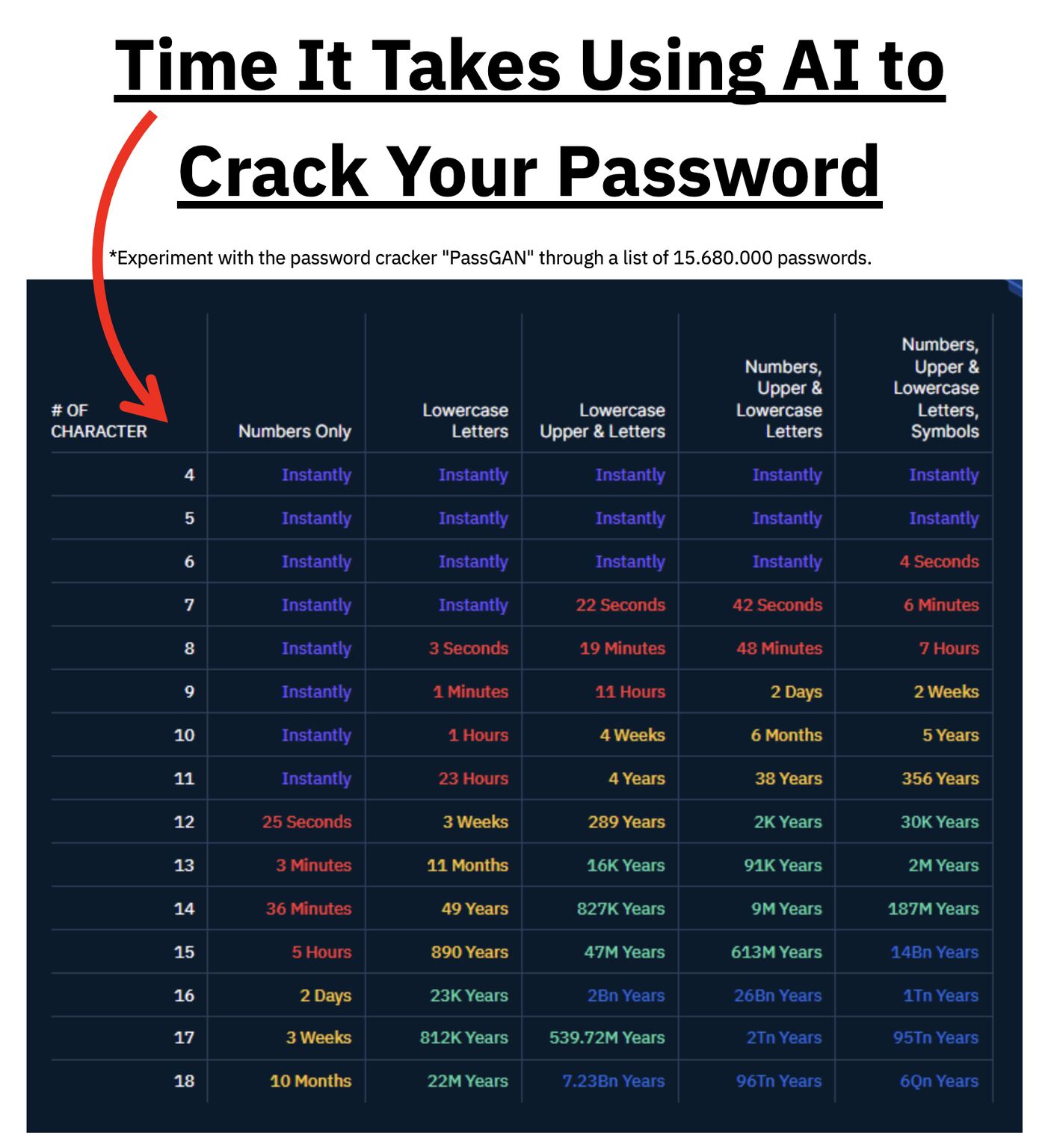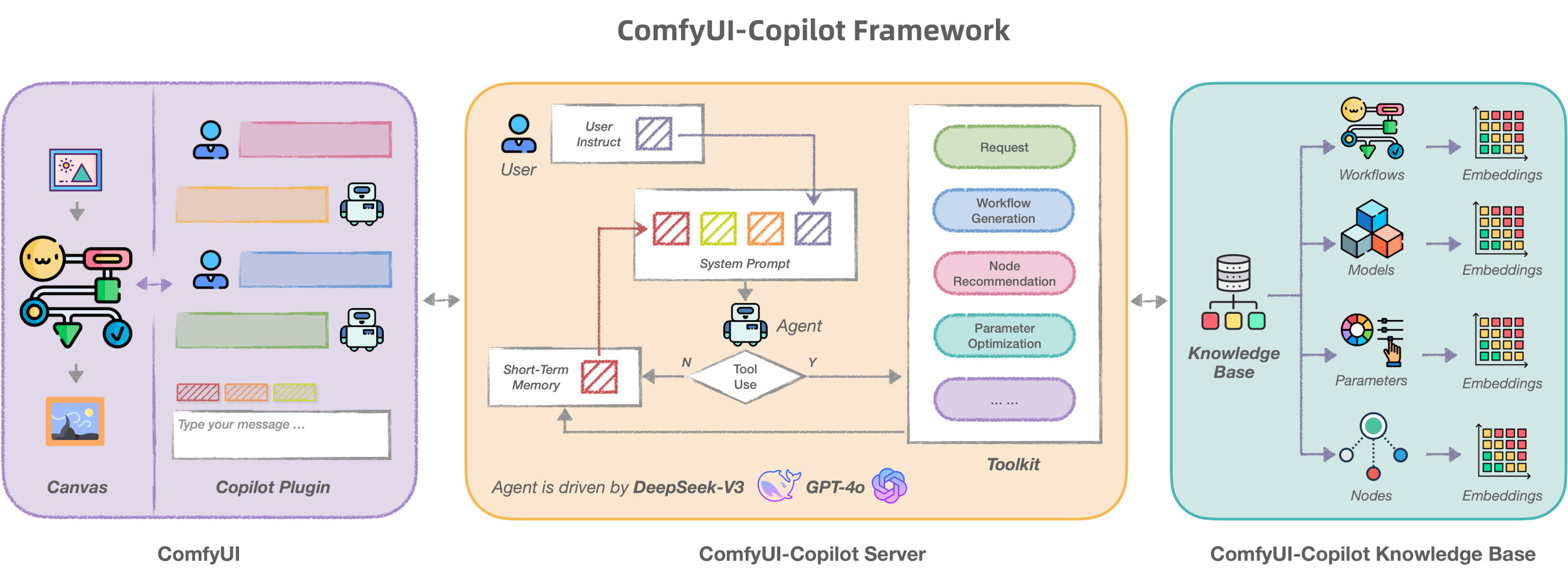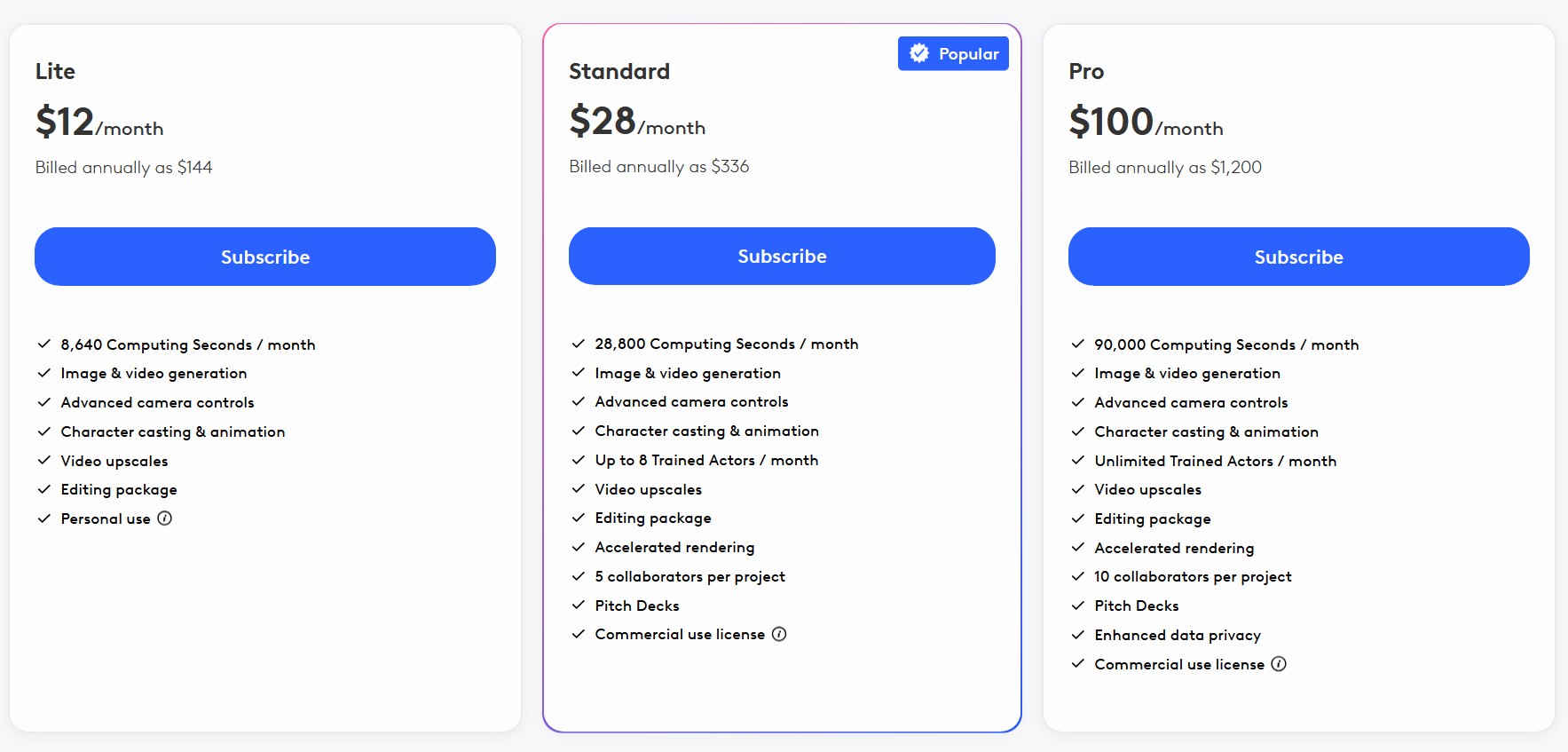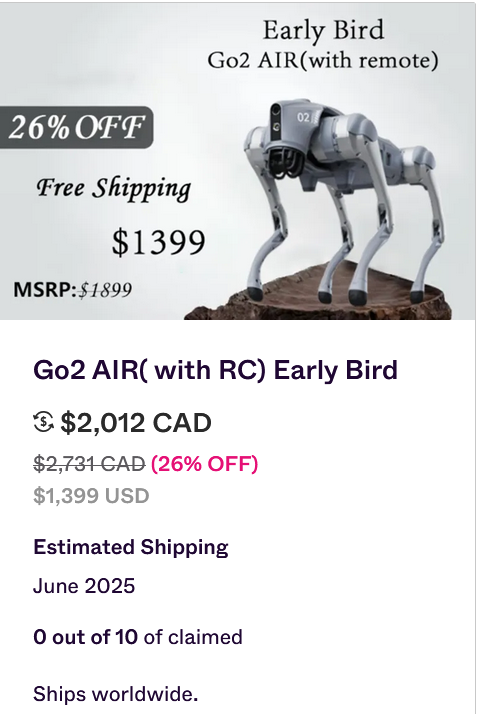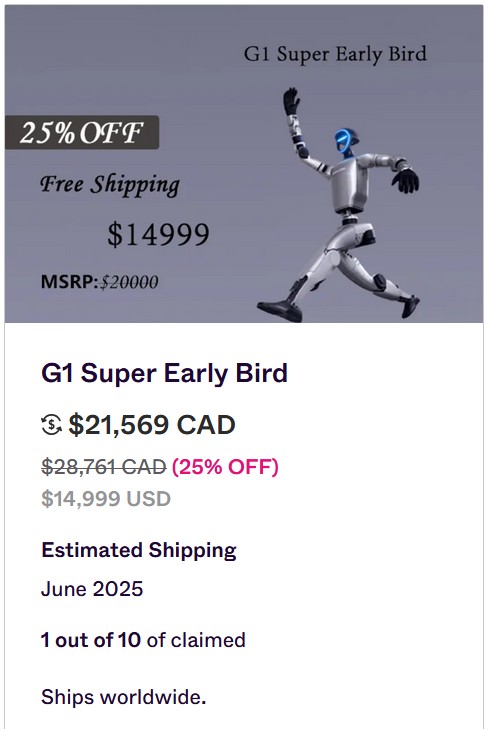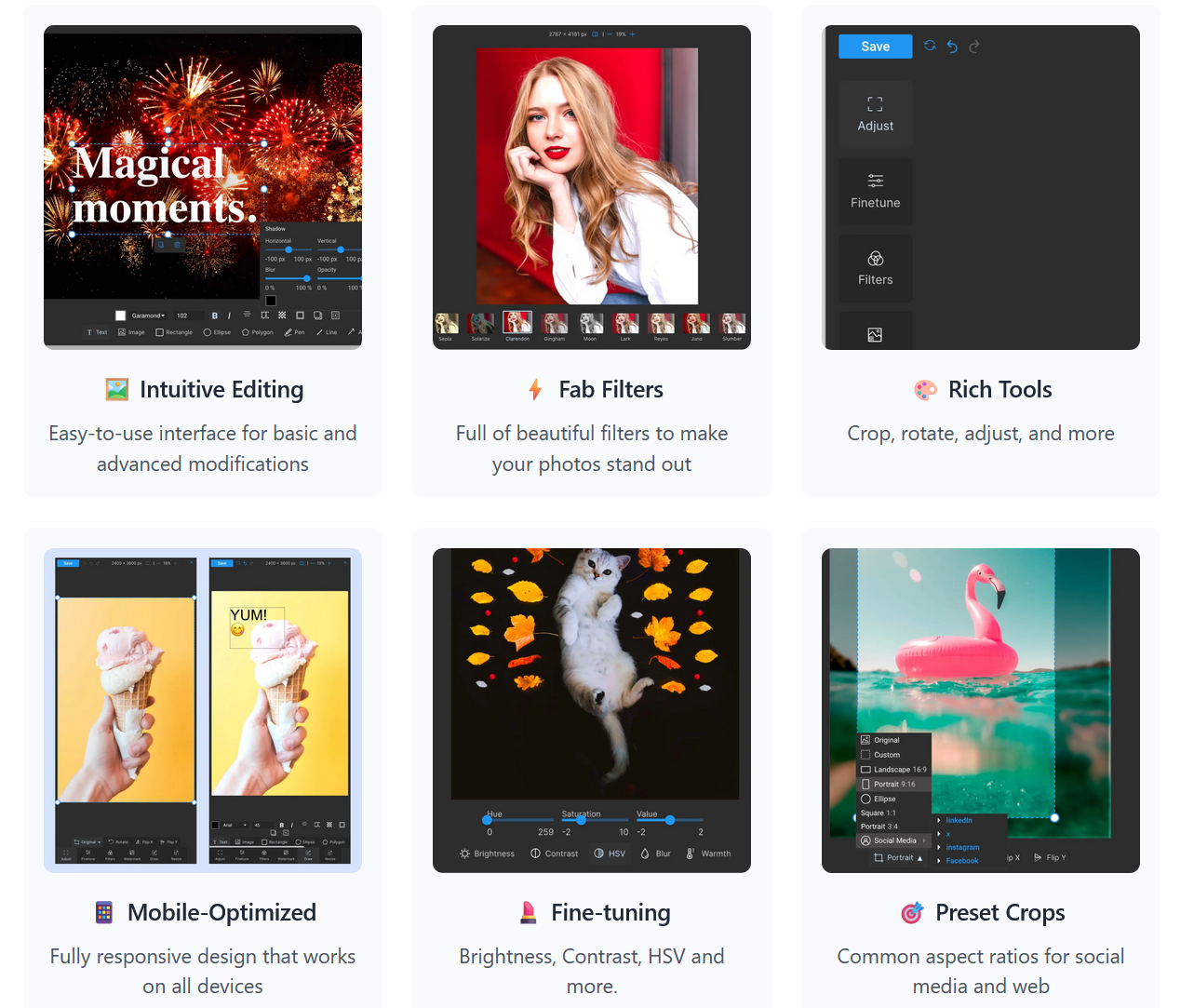BREAKING NEWS
LATEST POSTS
-
AccVideo – Accelerating Video Diffusion Model with Synthetic Dataset
https://aejion.github.io/accvideo
https://github.com/aejion/AccVideo
https://huggingface.co/aejion/AccVideo
AccVideo is a novel efficient distillation method to accelerate video diffusion models with synthetic datset. This method is 8.5x faster than HunyuanVideo.
-
Mastering Camera Shots and Angles: A Guide for Filmmakers
https://website.ltx.studio/blog/mastering-camera-shots-and-angles
1. Extreme Wide Shot

2. Wide Shot

3. Medium Shot

4. Close Up

5. Extreme Close Up

-
Bennett Waisbren – ChatGPT 4 video generation
1. Rankin/Bass – That nostalgic stop-motion look like Rudolph the Red-Nosed Reindeer. Cozy and janky.
2. Don Bluth – Lavish hand-drawn fantasy. Lush lighting, expressive eyes, dramatic weight.
3. Fleischer Studios – 1930s rubber-hose style, like Betty Boop and Popeye. Surreal, bouncy, jazz-age energy.
4. Pixar – Clean, subtle facial animation, warm lighting, and impeccable shot composition.
5. Toei Animation (Classic Era) – Foundation of mainstream anime. Big eyes, clean lines, iconic nostalgia.
6. Cow and Chicken / Cartoon Network Gross-Out – Elastic, grotesque, hyper-exaggerated. Ugly-cute characters, zoom-ins on feet and meat, lowbrow chaos.
7. Max Fleischer’s Superman – Retro-futurist noir from the ’40s, bold shadows and heroic lighting.
8. Sylvain Chomet – French surrealist like The Triplets of Belleville. Slender, elongated, moody weirdness.
FEATURED POSTS
-
Camera Metadata Toolkit (camdkit) for Virtual Production
https://github.com/SMPTE/ris-osvp-metadata-camdkit
Today
camdkitsupports mapping (or importing, if you will) of metadata from five popular digital cinema cameras into a canonical form; it also supports a mapping of the metadata defined in the F4 protocol used by tracking system components from Mo-Sys.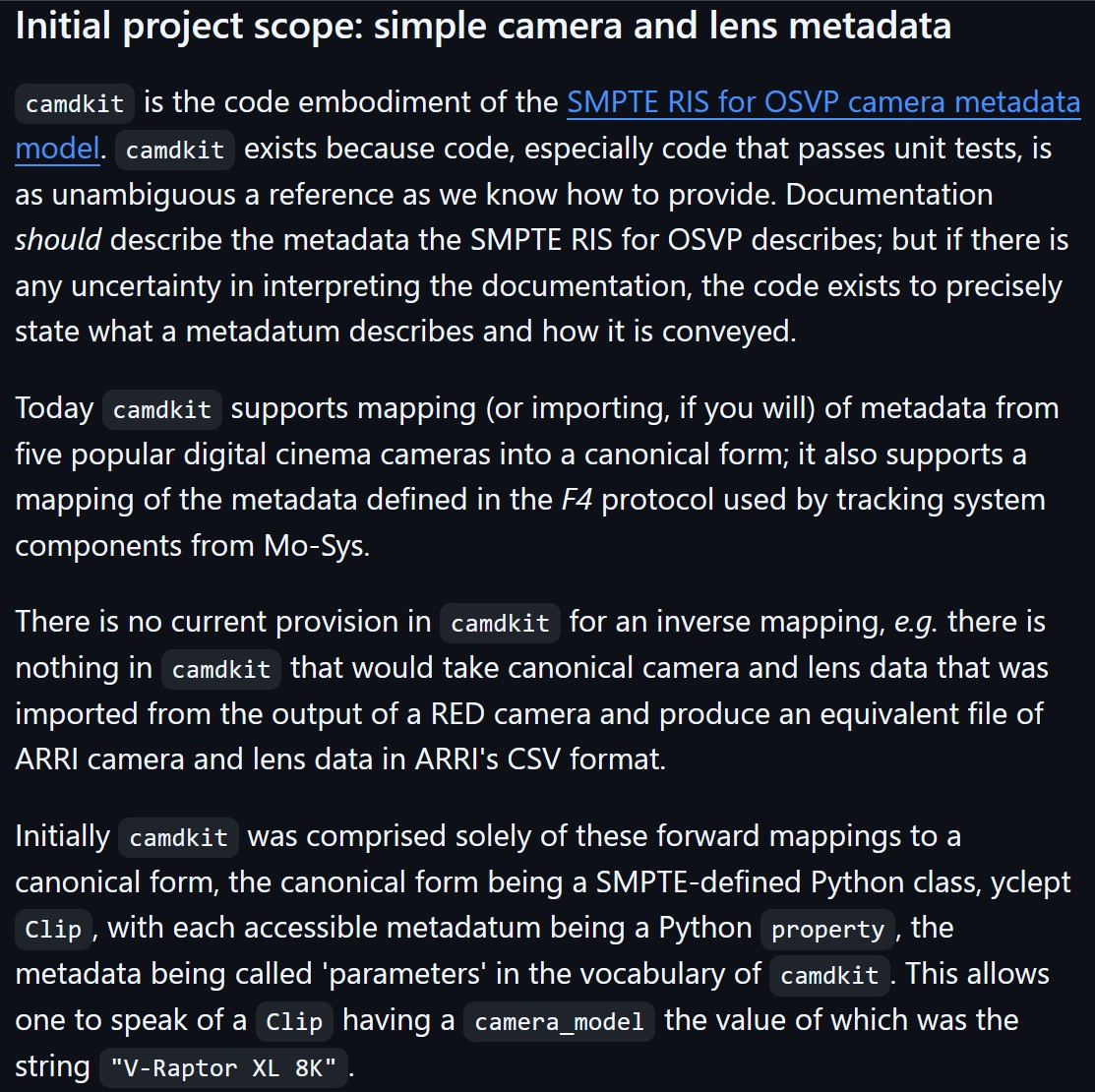
-
59 AI Filmmaking Tools For Your Workflow
https://curiousrefuge.com/blog/ai-filmmaking-tools-for-filmmakers
- Runway
- PikaLabs
- Pixverse (free)
- Haiper (free)
- Moonvalley (free)
- Morph Studio (free)
- SORA
- Google Veo
- Stable Video Diffusion (free)
- Leonardo
- Krea
- Kaiber
- Letz.AI
- Midjourney
- Ideogram
- DALL-E
- Firefly
- Stable Diffusion
- Google Imagen 3
- Polycam
- LTX Studio
- Simulon
- Elevenlabs
- Auphonic
- Adobe Enhance
- Adobe’s AI Rotoscoping
- Adobe Photoshop Generative Fill
- Canva Magic Brush
- Akool
- Topaz Labs
- Magnific.AI
- FreePik
- BigJPG
- LeiaPix
- Move AI
- Mootion
- Heygen
- Synthesia
- Chat GPT-4
- Claude 3
- Nolan AI
- Google Gemini
- Meta Llama 3
- Suno
- Udio
- Stable Audio
- Soundful
- Google MusicML
- Viggle
- SyncLabs
- Lalamu
- LensGo
- D-ID
- WonderStudio
- Cuebric
- Blockade Labs
- Chat GPT-4o
- Luma Dream Machine
- Pallaidium (free)
-
Survivorship Bias: The error resulting from systematically focusing on successes and ignoring failures. How a young statistician saved his planes during WW2.
A young statistician saved their lives.
His insight (and how it can change yours):
(more…)
During World War II, the U.S. wanted to add reinforcement armor to specific areas of its planes.
Analysts examined returning bombers, plotted the bullet holes and damage on them (as in the image below), and came to the conclusion that adding armor to the tail, body, and wings would improve their odds of survival.
But a young statistician named Abraham Wald noted that this would be a tragic mistake. By only plotting data on the planes that returned, they were systematically omitting the data on a critical, informative subset: The planes that were damaged and unable to return.
-
Open Source Nvidia Omniverse
blogs.nvidia.com/blog/2019/03/18/omniverse-collaboration-platform/
developer.nvidia.com/nvidia-omniverse
An open, Interactive 3D Design Collaboration Platform for Multi-Tool Workflows to simplify studio workflows for real-time graphics.
It supports Pixar’s Universal Scene Description technology for exchanging information about modeling, shading, animation, lighting, visual effects and rendering across multiple applications.
It also supports NVIDIA’s Material Definition Language, which allows artists to exchange information about surface materials across multiple tools.
With Omniverse, artists can see live updates made by other artists working in different applications. They can also see changes reflected in multiple tools at the same time.
For example an artist using Maya with a portal to Omniverse can collaborate with another artist using UE4 and both will see live updates of each others’ changes in their application.





